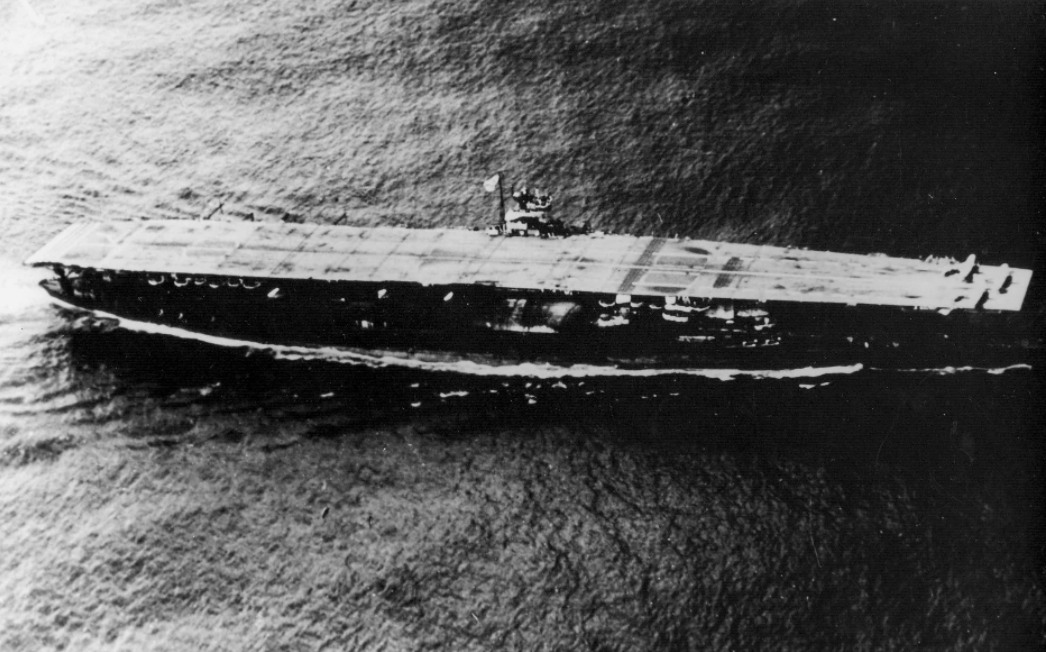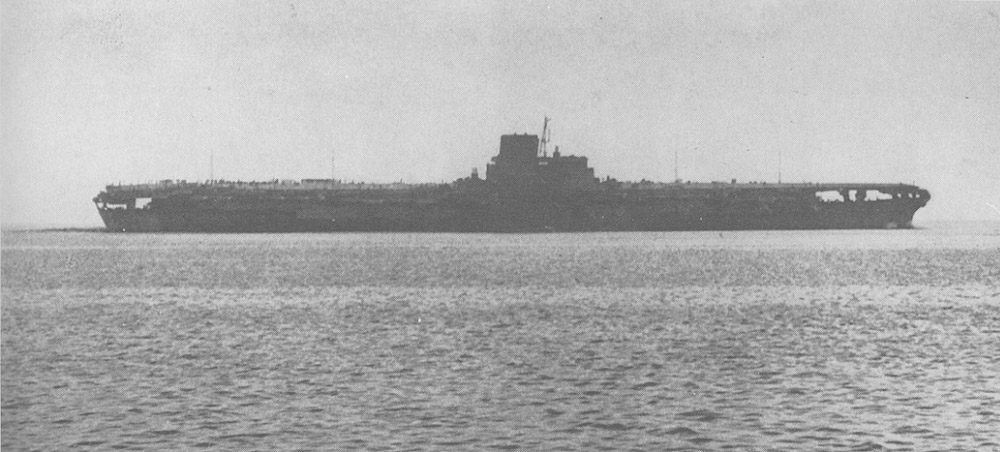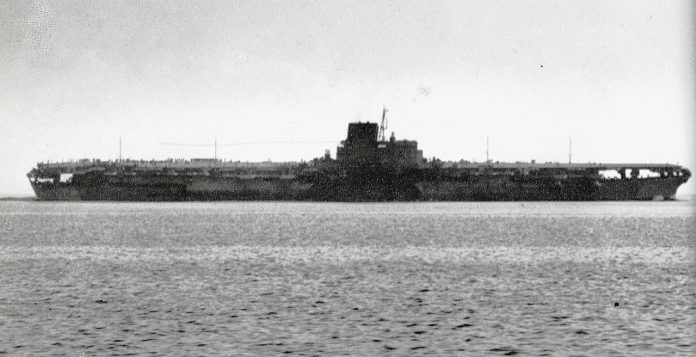
In 1944, the submarine USS Archerfish set the stage for a historic naval encounter akin to David versus Goliath, marking one of World War II’s most storied feats.

The USS Archerfish, a Balao-class submarine, sank the Japanese supercarrier IJN Shinano, a colossal 72,000-ton warship that bore the hopes of a beleaguered Imperial Japanese Navy.

This is the story of how a relatively small submarine managed to take down the largest warship ever sunk by a submarine—a feat unmatched in naval warfare.

Lurking in the Pacific, Archerfish, commanded by Joseph Enright, was initially assigned lifeguard duties, tasked with rescuing downed pilots as the first wave of B-29 Superfortresses targeted Tokyo. However, fate had different plans.

The decisive encounter unfolded south of Nagoya, where the Archerfish’s radar detected an enemy convoy 12 miles away.
As the submarine’s lookouts confirmed the presence of an aircraft carrier and four destroyers, the Japanese also detected the submarine. What ensued was a six-hour chase, with the carrier demonstrating impressive speed and evasive maneuvers. Still, Enright’s perseverance and tactical acumen were about to make history.
Although the Archerfish continued the flying chase for two and a half hours, it was uncertain if the submarine could maneuver into an attack position. If the enemy carrier stayed on its 270° course, Enright would have no opportunity. At 0241, he sent a second contact report to Pearl Harbor.
Later, 19 minutes passed, and the Japanese abruptly changed course to the southwest. The large carrier and its three escort vessels were now heading directly towards the Archerfish. This was the stroke of luck everyone aboard had hoped for. The submarine swiftly crossed the path. Enright adjusted the course to 100° and instructed his crew to bring the submarine to periscope depth for the attack.
At a distance of about 12,000 yards, the submarine positioned itself off the target’s starboard bow. Commander Enright spotted the carrier through the periscope at a range of 7,000 yards.
Archerfish fired six torpedoes, with Enright and his crew watching at least two make contact. After the strikes, the submarine dove deeper to evade counterattacks. All Enright knew was that they had hit a “really big ship.” The “loud breaking up noises” that followed could only mean catastrophic damage. It was only after the war that the crew learned the true identity of their quarry: Shinano was the largest warship of the war, the “whale of a ship” they had brought down.
The Japanese supercarrier, weighing an extraordinary 72,000 tons, had been commissioned less than two weeks before her demise and was en route to the Inland Sea for final fittings.
Built under the shroud of utmost secrecy, Shinano embodied Japan’s desperate hope to reclaim dominance in the Pacific. The supercarrier’s design was a marvel, yet its maiden voyage would be its last.
Shinano’s fate was sealed by a combination of design changes, a hurried construction, and an undertrained crew—flaws that proved fatal when the Archerfish’s torpedoes struck. Captain Toshio Abe of the Shinano underestimated the American submarine’s threat, performing a zig-zag maneuver that inadvertently set a collision course with destiny.
In the end, at least four torpedoes hit their target, proving Enright’s decision to aim higher on the hull to be a masterstroke. The supercarrier sank within hours, taking more than 1,400 lives, including Commander Abe, with it. The loss of Shinano dealt a devastating blow to the Imperial Japanese Navy’s morale and strategic capabilities.
Fleet Admiral Chester W. Nimitz later reflected on the event with fitting gravity: “It is fitting that an American submarine should climax the undersea campaign against Japanese warships by sending down the new queen of the Imperial Navy before she had an opportunity to come into action.”
Relevant articles:
– USS Archerfish: Sinking the 72,000-ton Aircraft Carrier Shinano, War History Online, Feb 3, 2019
– This Day in History: USS Archerfish’s big hit, Tara Ross, Nov 30, 2022
– “Your Island Is Moving at 20 Knots!”, U.S. Naval Institute

